Maths is perhaps the scariest subject there is, most people will agree on that. But it need not be. With the help of a maths park in schools, we can easily create interest in children early on. But what is a maths park and how to build one? Read on to find out about Labkafe’s maths lab solution.
The traditional method of studying maths ‒ indeed, any science ‒ includes mugging over boring old textbooks and remembering a huge bunch of stuff, almost all of which are pretty abstract to a young, inexperienced mind. In the majority of cases, this creates a negative eddy to the learning process and a distinct negativity about the subject itself. Also, you get to know pretty much nothing about working with the real things.
No wonder we have a shortage of scientifically-minded people and technically skilled workforce in this country.
The obvious solution to this disinterest in scientific curiosity is to include a practical education to the field. Of course, our schools are doing this already and Labkafe is committed to bringing affordable practical education to all children in the nation. But practical classes, as of the educational system now, come far later in the years while an opinion about the subjects has already formed in the students’ minds.

But there is another way. You can build interest in science subjects at a younger level. And for that, you need something far more substantial, interactive, and fun than boring old textbooks.
This is where the concept of interactive learning parks for children comes in. The idea is that instead of providing the knowledge raw, you make a fun game out of it. Take plotting graphs, for example. You can force your kids with flat boring graph papers and make them squint as they struggle to find the points. Or, you can build a big, colorful board with X and Y axis and make an enjoyable game of placing blocks on given coordinates. Which one do you think the children will love more? It’s glaringly obvious.
A mathematics park does just this. All you have to have is some open grounds inside your school premises, where you can plop down some big interactive models and decorate the place somewhat so that kids may like it. Labkafe manufactures and sets up various kinds of such interactive models, ruggedly fabricated and brightly painted. Our maths park equipment includes demonstration of Pythagorus’s theorem, behavior of a double-sided cone, etc.
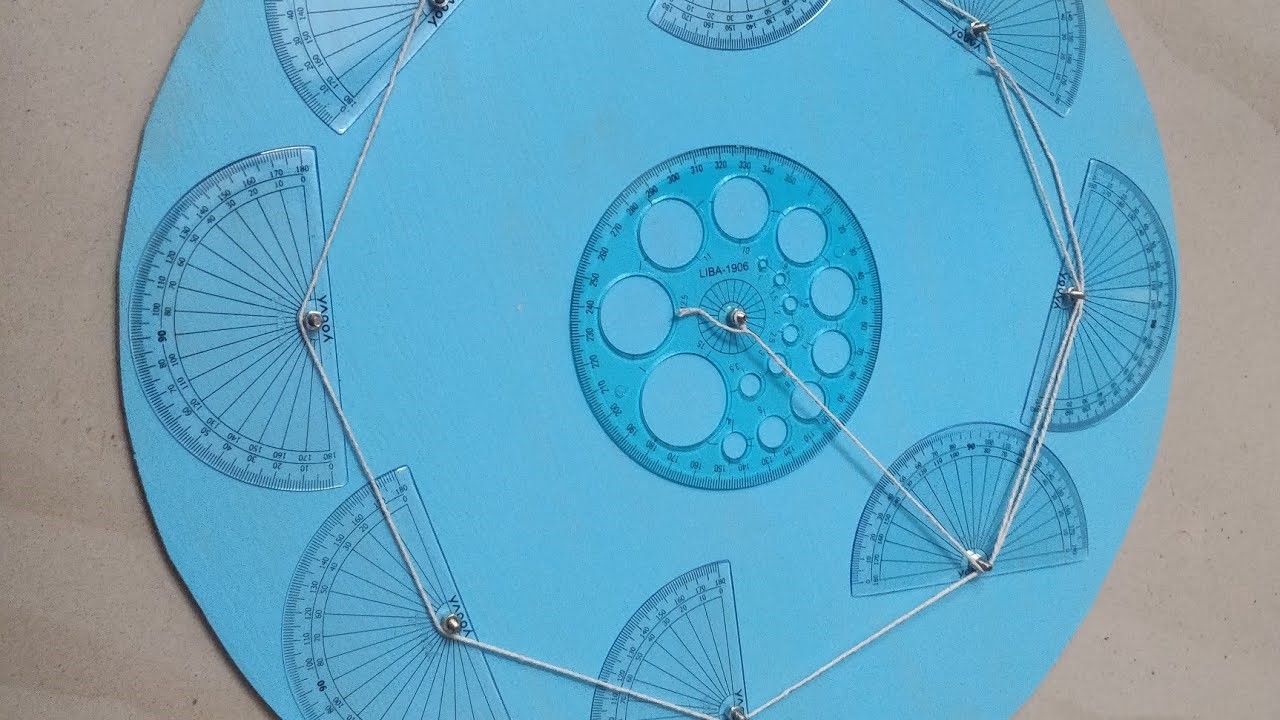
Learning maths and sciences has always been a rather grim experience to most of our memories. Therefore, we have acquired a natural distaste for all the traits that come automatically with a science-loving mind: critical thinking, inquisitive nature, caring about nature and environment, curiosity towards how the universe works, an energetic and disciplined mind, etc.
In turn, that has caused us to become what can only be described as a featureless collection of dronelike workers. All this, while the actual brilliant minds permeate out of the country to make other nations great. We have to change this ‒ by attracting them young.
The concept of inclusion of maths parks, science parks, and social science parks in the school premises has been in the air in India for a while now. The Kerala government has introduced a scheme to rejuvenate the state’s education system, in which this is a part. Selected central government schools like Army schools etc. have been instructed in the matter as well. And many private schools, being such highly modernized they are, are considering and building maths parks and science parks in their premises too.
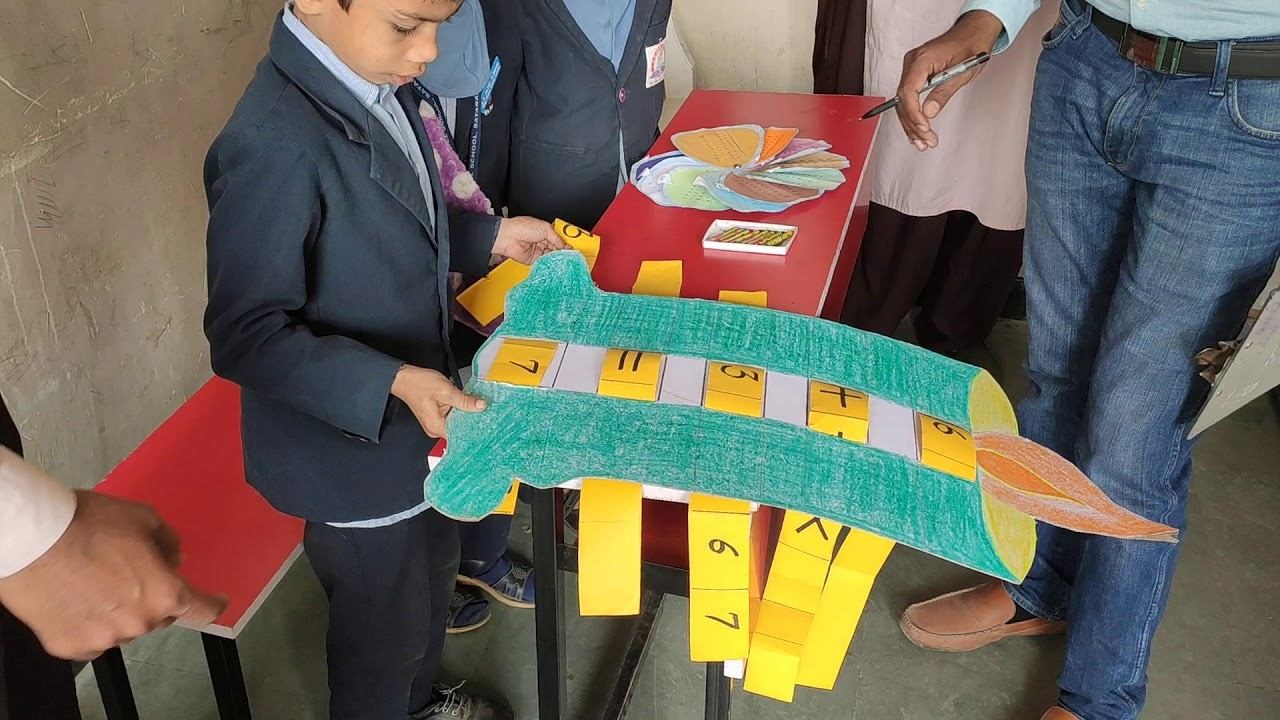
All in all, a new wave is coming that is targeted to completely change the next generation’s attitude towards maths and science. This will create a lot more interest toward sciences on a grassroot level, changing that generation’s whole attitude towards technical education and work. It should also change the situation with the shortage of technically skilled workers, and the general attitude towards technical education and technician work in the populace.
A great example of a children’s maths park is the Ramanujan Maths Park in Andhra Pradesh. It is an interactive museum located inside the Agyasta Campus Creativity Lab. Dedicated to teaching mathematics in interesting and hands-on ways, the Park has various indoor and outdoor exhibits and activity models. It is highly attractive to young students and works to create interest in the field of geometry, trigonometry, arithmetic, and other more advanced mathematical theories in a practical and hands-on manner.
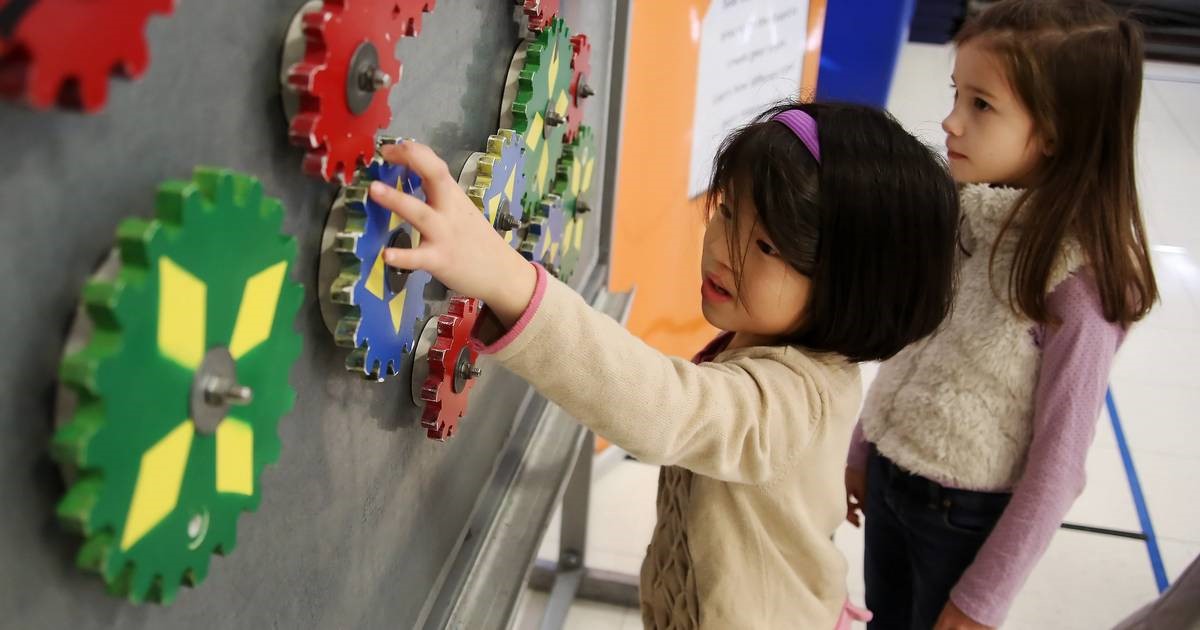
This great park, and similar technological playgrounds have been set up around the nation in various places under various programs. The respective authorities have expressed great interest in replicating these maths and science parks in other places and inside schools as well.
Teaching maths in creative and innovative ways is the future, rather than the traditional method. To that end, various governmental organizations and private institutions are progressing steadily, making this the norm of the future. And Labkafe is in support, supplying the hardware and installing. Not to beat on one’s own drums, but we’re sort of experts on the matter.
Other than lab equipment packages and customized lab furniture, we also serve schools and other institutions for their interactive children’s parks needs. In Labkafe’s inventory, you will find maths park equipment and models, science park equipment, social science park equipment etc. We provide products that are sturdy and services that are dependable. Contact today for more information ‒ we’re always ready to serve!

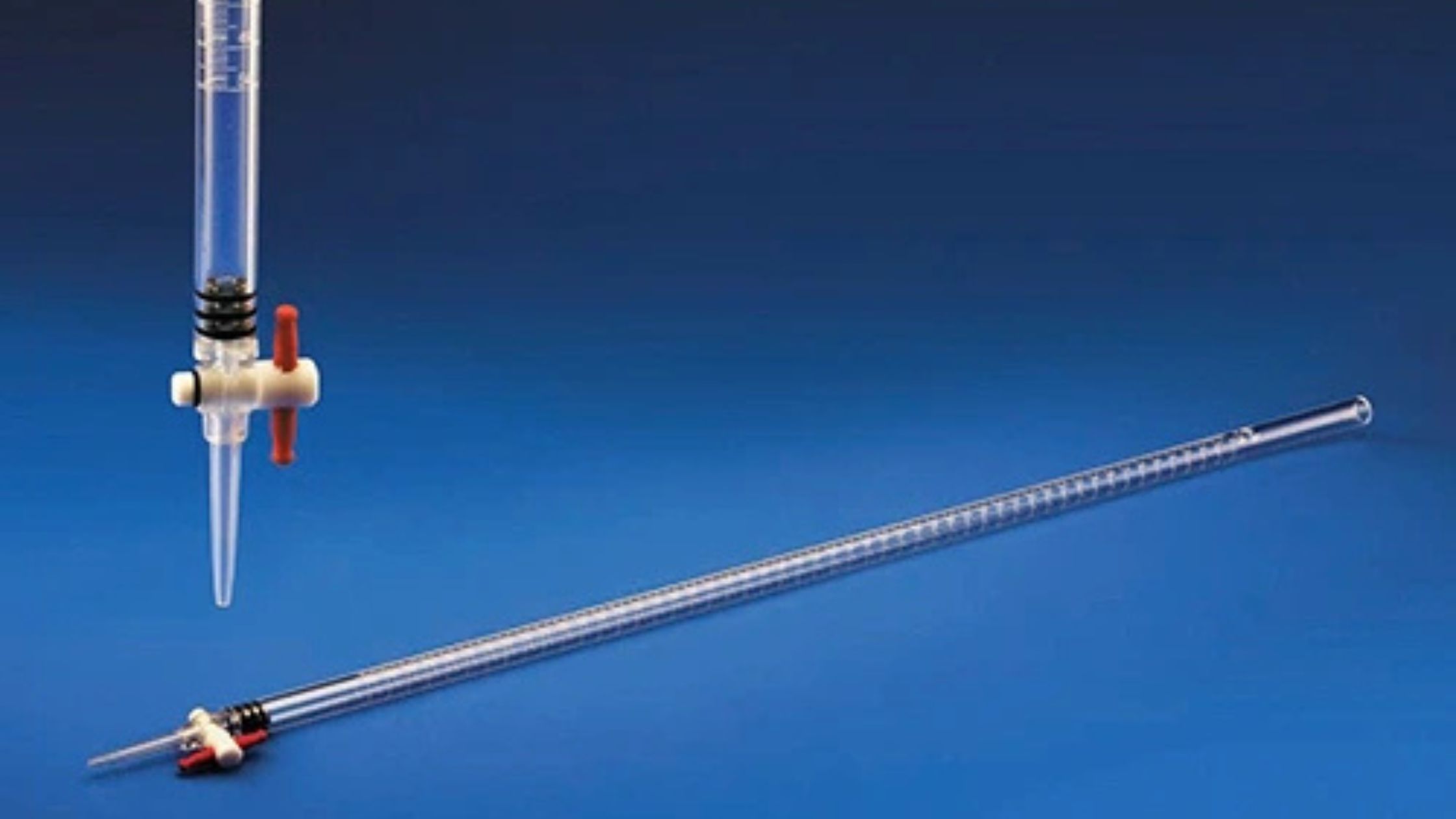
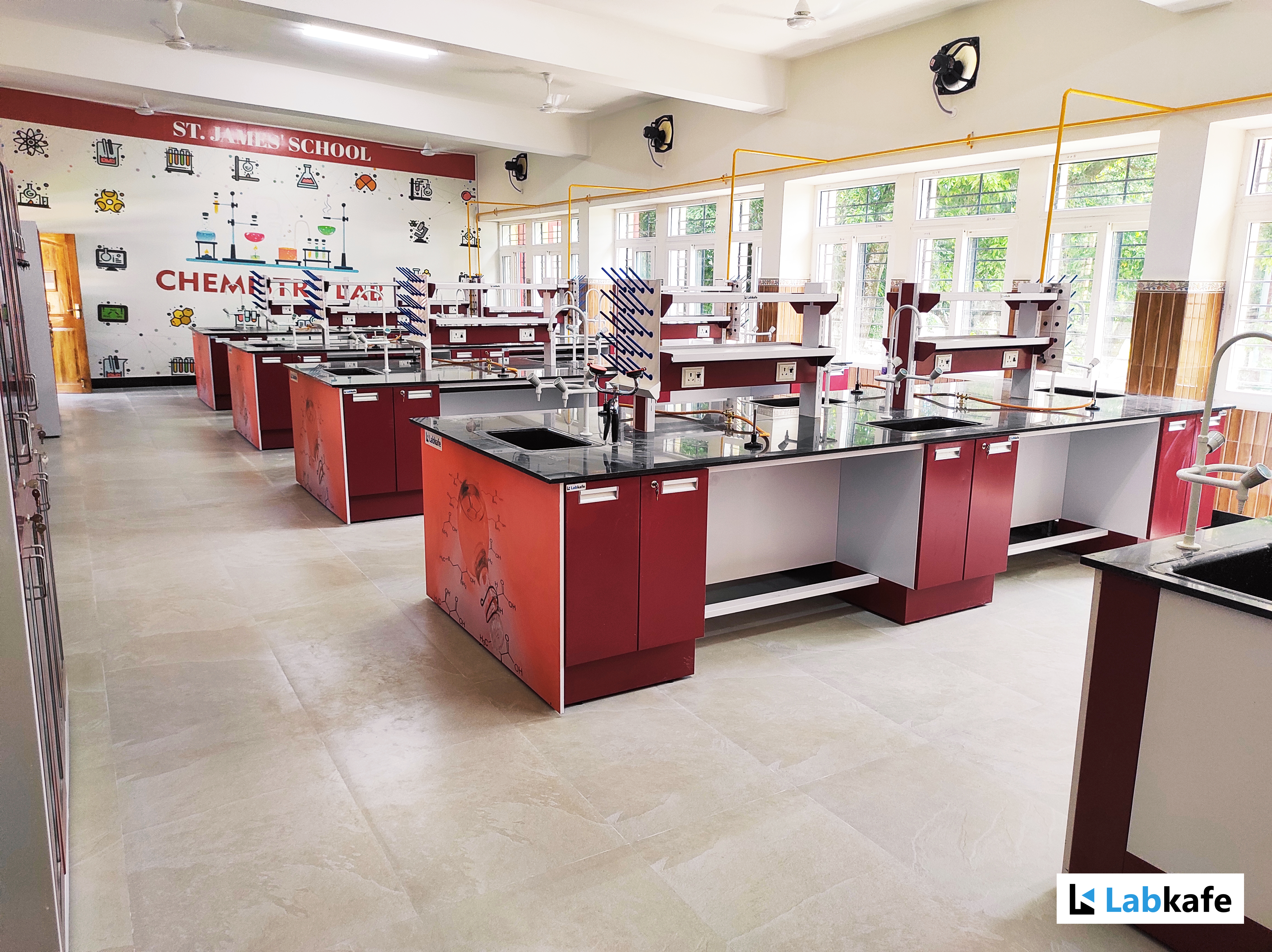









Leave a Reply